Michael T McManus, Bruce Veit1841272272, 9781841272276, 9780585467276
Table of contents :
Contents……Page 10
1.1 Introduction……Page 16
1.2 The meristem concept……Page 17
1.3 Cell formation in meristems……Page 18
1.4 The dimensions of meristems and their domains……Page 20
1.5 Functional domains in meristems……Page 23
1.6 Meristems as organizational centers……Page 25
1.7 Conclusions……Page 28
References……Page 29
2.2.1 Structural domains of the meristem……Page 31
2.2.2 Determination of meristem cell fates……Page 35
2.3.1 Mechanisms that promote and maintain meristem activity……Page 36
2.3.2 Non-autonomous signaling mechanisms that regulate the size and organization of meristematic tissues……Page 43
2.3.3 Contribution of hormones to meristem maintenance……Page 48
2.4.1 Regulation of organ initiation……Page 49
2.4.2 Establishment of organ initiation sites……Page 51
2.4.3 Establishment of boundaries between the meristem and organ primordia……Page 55
2.5.1 Domain-restricted gene expression patterns……Page 58
2.5.2 Coordination between meristem domains……Page 62
Acknowledgement……Page 63
References……Page 64
3.1 Introduction……Page 73
3.2 Morphological events during embryogenesis and SAM formation……Page 74
3.3 Formation and maintenance of the polarity along the apical-basal axis……Page 75
3.3.2 Establishment of the apical-basal polarity……Page 76
3.4.1 Fate specification of the embryo proper and the suspensor……Page 78
3.4.2 Fate specification within the embryo proper……Page 80
3.5.1 Formation of the SAM and boundaries between cotyledons……Page 83
3.5.2 Cotyledon formation……Page 85
3.6 Activation of genes involved in SAM maintenance……Page 87
3.6.2 Activation and maintenance of STM expression……Page 88
3.6.3 Genes regulated by STM……Page 93
3.6.4 Activation of genes involved in stem cell specification and maintenance……Page 94
3.7 Concluding remarks……Page 96
References……Page 97
4.1 Introduction: scope and emphasis……Page 104
4.2 Functions and properties of reproductive meristems……Page 105
4.3 Control of flowering time……Page 109
4.3.2 Photoreceptors, the circadian clock and the long-day pathway……Page 111
4.3.3 The autonomous and vernalization pathways……Page 115
4.3.4 The gibberellic acid (GA) and abscisic acid (ABA) pathways……Page 117
4.3.5 Integration of flowering pathways……Page 118
4.4 Specification of floral meristem identity……Page 120
4.4.1 The floral meristem identity genes, LFY/FLO, AP1/SQUA, and CAL……Page 122
4.4.2 Genes promoting inflorescence identity……Page 125
4.4.3 Interactions between LFY, API (CAL) and TFL1……Page 126
4.4.4 Genes controlling floral meristem determinacy……Page 128
4.4.5 Other genes affecting floral meristem development……Page 130
4.5 Regulation of meristem identity genes……Page 131
4.5.2 Regulation of AP1……Page 132
4.5.3 Regulation of and interaction with TFL1……Page 133
4.6.1 Genes promoting meristem genesis and maintenance……Page 134
4.6.2 Control of floral organ number by meristem genes and meristem identity genes……Page 135
4.6.4 Other genes affecting floral organ number……Page 136
4.7.1 The SEP genes and their role in controlling floral organ identity……Page 138
4.7.3 Regulation of AG expression by LFY and other genes……Page 140
4.7.4 Regulation of AP1 expression by AG……Page 141
4.8 Conclusion and perspectives……Page 142
References……Page 143
5.2.1 Branching types……Page 157
5.2.2 Evolution of branching types……Page 158
5.2.3 Genetic control of branching types……Page 160
5.3.1 Histological approach to the study of axillary meristem ontogeny……Page 167
5.3.2 Genetic approaches to the study of axillary meristem ontogeny……Page 170
5.4.1 Patterns of axillary meristem initiation……Page 172
5.4.2 Patterns of axillary meristem outgrowth……Page 176
5.5 Positional determinates of axillary meristems……Page 178
5.6 Axillary meristem development in plants with no primary shoot apical meristem……Page 180
References……Page 182
6.1 Introduction……Page 187
6.2 Phyllotactic patterns in plants……Page 188
6.3 Changes in phyllotaxis……Page 190
6.4.1. The layers of the meristem……Page 192
6.4.2 The zones of the meristem……Page 193
6.5.1 Biophysical models……Page 196
6.5.2 Biochemical models……Page 197
6.6.2 Mutants with defects in meristem organization……Page 198
6.6.4 Mutants with defects in organ separation……Page 201
6.6.5 Mutants with altered organ number or organ position (phyllotaxis)……Page 202
6.7 Experimental evidence for models of phyllotaxis……Page 204
6.8 Auxin regulates initiation and radial position of leaves and flowers……Page 208
6.9 A model for the role of auxin transport in phyllotaxis……Page 212
6.10 How does auxin regulate growth in the meristem?……Page 215
6.11 A role for expansin and the cytoskeleton in organ initiation……Page 216
6.12 Conclusions……Page 219
References……Page 220
7.1.1 Origin of the leaf……Page 228
7.1.2 Relationships between mechanisms controlling growth in the leaf vs stem……Page 229
7.2.2 Meristematic growth in the leaf: dynamic patterns in two dimensions……Page 230
7.3.1 The determination of the leaf……Page 231
7.3.2 Patterns of cell division associated with the inception of the leaf primordium……Page 232
7.3.3 Molecular markers for leaf founder identity……Page 233
7.4.1 Determination of dorsiventrality……Page 235
7.4.2 Proximal/distal patterning and morphogenesis……Page 239
7.4.3 Lateral patterning……Page 242
7.5.1 The rise and fall of the marginal meristem……Page 244
7.5.2 Intercalary meristems……Page 246
7.6.2 Compound leaf development and intermediate states of determinacy……Page 248
7.6.3 Promotion of indeterminacy by KN1-like genes……Page 251
7.6.4 Context-dependent limitations on indeterminacy……Page 252
7.6.6 Homeotic transformations in the compound leaf of pea……Page 254
7.7.1 ‘But what is the leaf’: a morphological perspective……Page 259
7.7.2 Genetic comparisons of the stem and leaf……Page 260
References……Page 263
8.2.1 ‘The movements’: events of the cell division and their quality control……Page 269
8.2.2 Instruments of the orchestra and the style of conducting: cyclin-dependent kinase complexes……Page 271
8.2.3 The symphony: cell cycle progression via the regulation of the activity of cyclin-dependent kinase complexes……Page 280
8.3 The complete oeuvre: cell division, plant growth and development……Page 282
8.4.2 What controls the cell cycle in the shoot apical meristem?……Page 285
References……Page 288
9.2 Embryonic ontogeny of the Arabidopsis root meristem……Page 294
9.3 Organization of cells in the primary root of Arabidopsis……Page 295
9.4 Cell ablation experiments to probe determinants of cell fate of meristematic cells……Page 298
9.5.1 Role of auxin in the formation of root meristem in the embryo……Page 299
9.5.2 Maintenance of the root meristem organization……Page 301
9.5.3 Is there a correlation between cell division and cell differentiation?……Page 302
9.5.4 The development of the radial organization of cells in the root……Page 303
9.5.6 TTG, WER and CPC regulate cell division……Page 305
References……Page 306
A……Page 308
C……Page 309
E……Page 310
G……Page 311
L……Page 312
O……Page 313
R……Page 314
S……Page 315
Z……Page 316
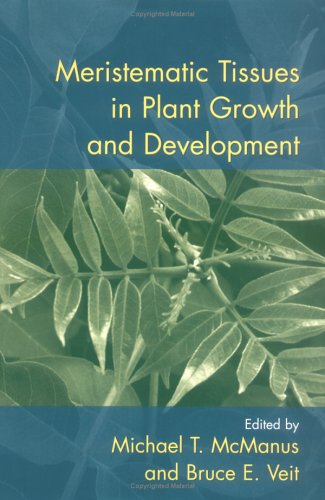

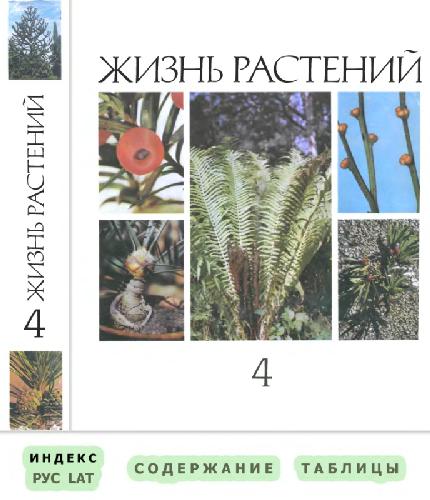

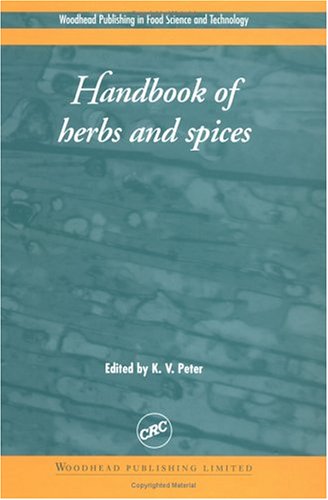
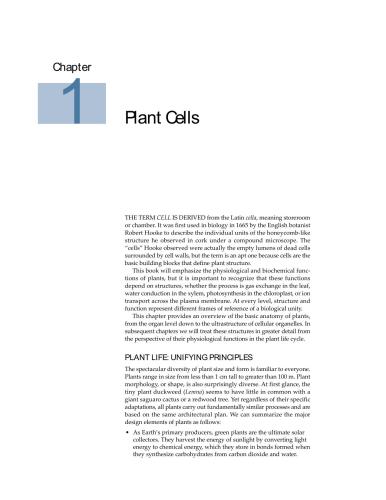
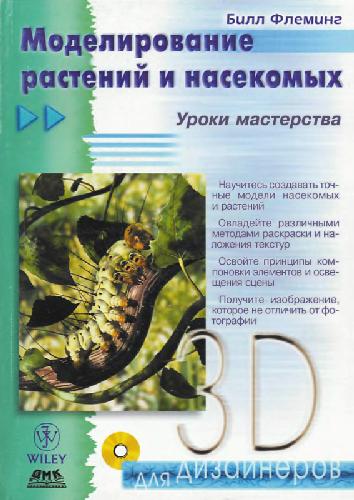
Reviews
There are no reviews yet.